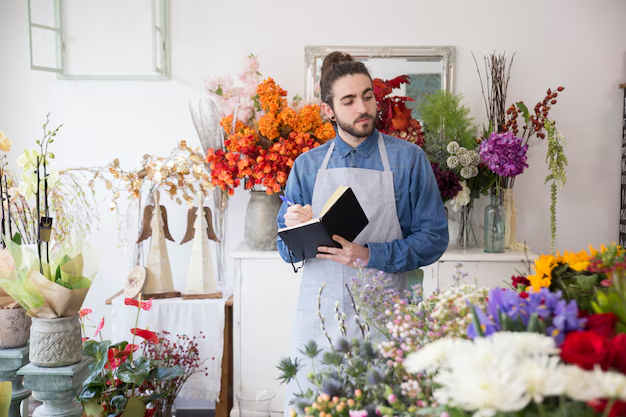Flower shops, often referred to as florists, are not just places where one can buy beautiful blooms; they are sanctuaries of nature’s beauty, craftsmanship, and emotion. Stepping into a flower shop is like entering a magical realm where colors, scents, and textures come together to create an enchanting experience. In this comprehensive guide, we will explore the fascinating world of flower shops, from their history and significance to the art of floral arrangement and modern trends.
History of Flower Shops
The tradition of selling flowers dates back centuries, with evidence of flower markets and floral arrangements found in ancient civilizations such as Egypt, Greece, and Rome. However, the concept of the modern flower shop as we know it today emerged in the 19th century with the rise of the floral industry.
During the Victorian era, flowers became a symbol of expression, with each bloom carrying its own meaning and message. This era saw the development of formal floral arrangements and the establishment of dedicated flower shops where people could purchase bouquets for various occasions.
Significance of Flower Shops
Flower shops hold a special place in society as they cater to a wide range of emotional and ceremonial needs. From birthdays and anniversaries to weddings and funerals, flowers play a crucial role in expressing love, sympathy, joy, and gratitude.
Flower shops are not just retail spaces but also creative hubs where florists work their magic to craft stunning arrangements that speak volumes without uttering a word. These establishments serve as a bridge between nature and humans, bringing the beauty of the outdoors into our homes and hearts.
The Art of Floral Arrangement
Floral arrangement is a delicate art form that requires skill, creativity, and a deep understanding of botanical elements. A skilled florist can transform a simple bouquet of flowers into a breathtaking masterpiece that evokes a range of emotions.
The art of floral arrangement involves selecting the right combination of flowers, foliage, and decorative elements to create a harmonious composition. Factors such as color, texture, shape, and size play a crucial role in determining the overall aesthetic appeal of the arrangement.
Florists often draw inspiration from various sources, including art, fashion, and nature itself. They continuously hone their craft to stay updated with the latest trends and techniques in floral design, ensuring that each creation is unique and memorable.
Modern Trends in Flower Shops
In today’s fast-paced world, flower shops have evolved to meet the changing preferences and lifestyles of consumers. Modern flower shops not only offer a wide selection of fresh blooms but also provide services such as online ordering, flower delivery, and event floral design.
One of the significant trends in the floral industry is the emphasis on sustainability and eco-friendliness. Many flower shops now source their flowers from local growers who practice sustainable farming methods, reducing the environmental impact of flower cultivation and transportation.
Personalization is another key trend in modern flower shops, with customers seeking bespoke floral arrangements that reflect their individual style and personality. Florists work closely with clients to understand their preferences and create customized designs that are as unique as the recipients themselves.
Conclusion
In conclusion, flower shops are not just places to buy flowers; they are embodiments of beauty, creativity, and emotion. These establishments serve as beacons of hope and joy, brightening our lives with their vibrant colors and captivating scents. Whether you are looking to express love, celebrate a milestone, or simply brighten someone’s day, a visit to a flower shop is sure to inspire and uplift your spirits. So, the next time you step into a flower shop, take a moment to appreciate the artistry and passion that goes into creating each floral masterpiece.




